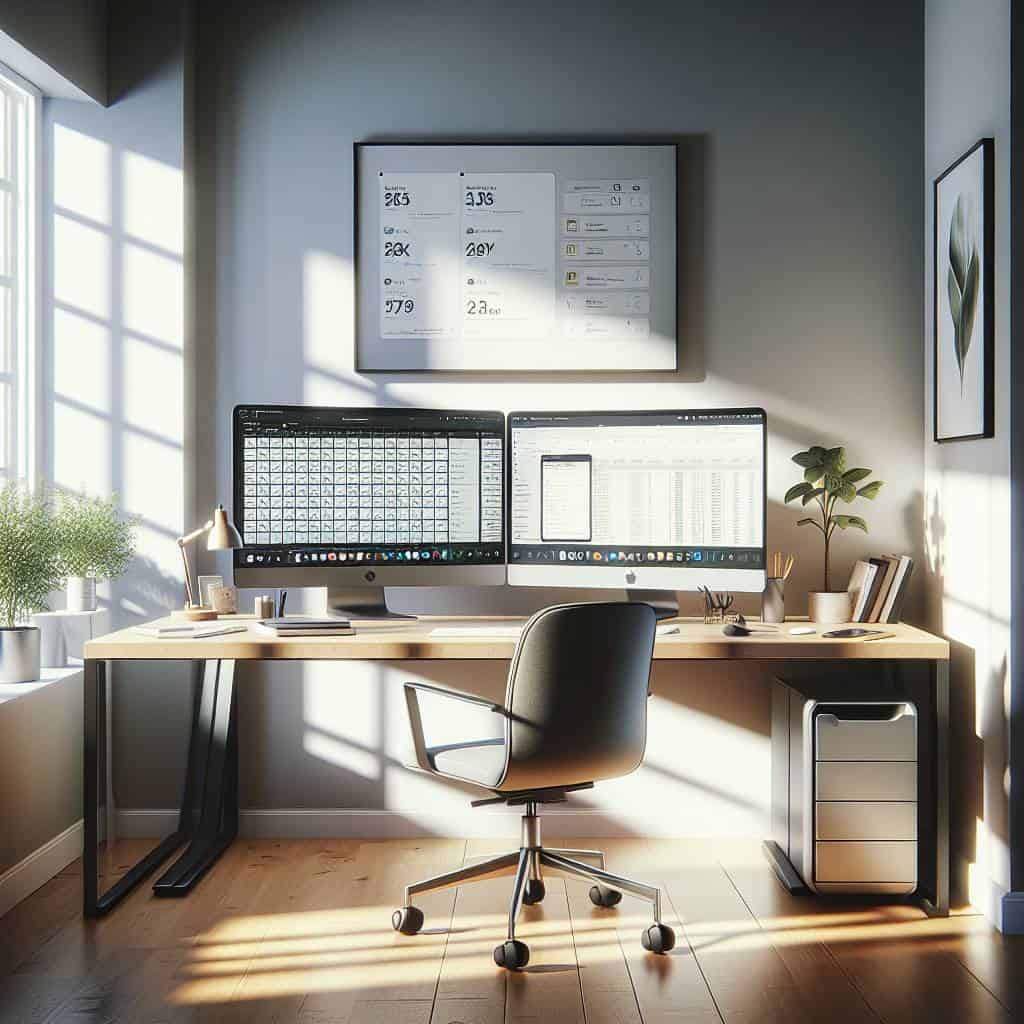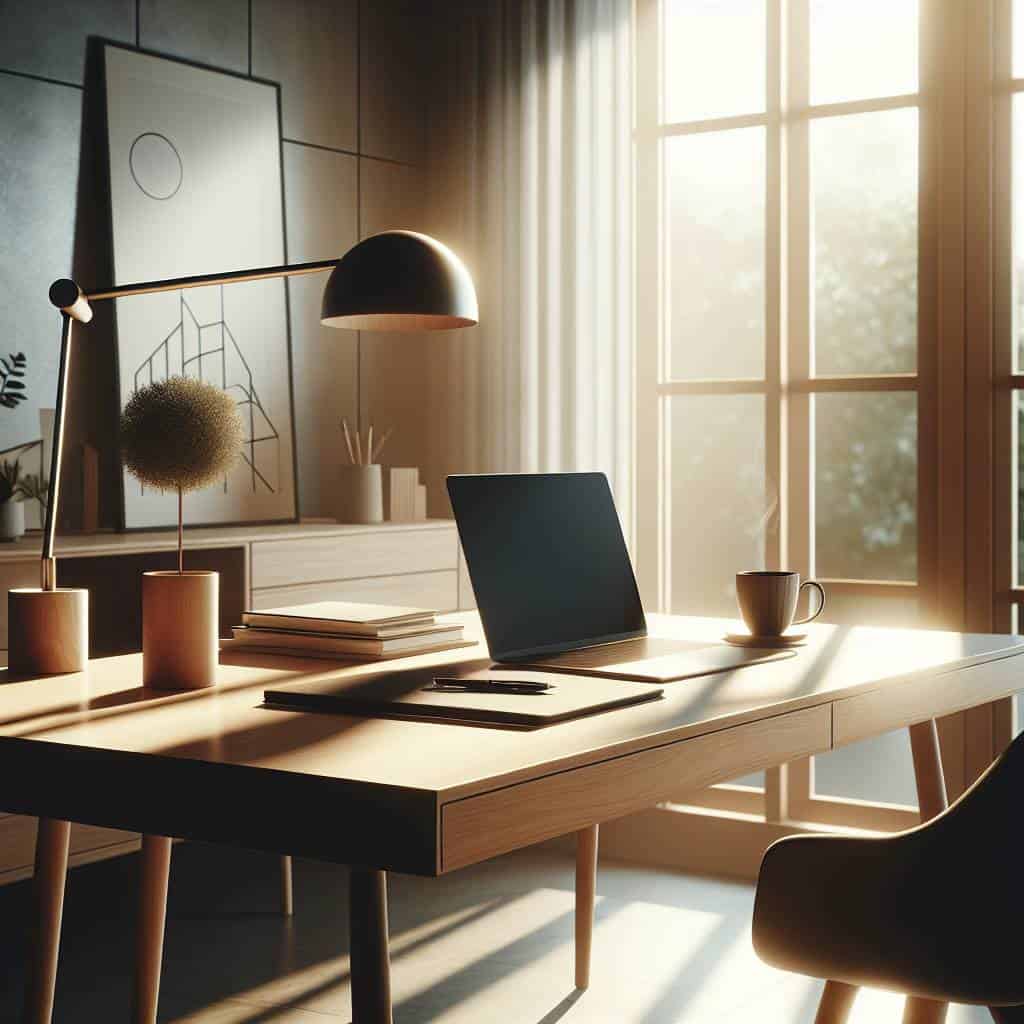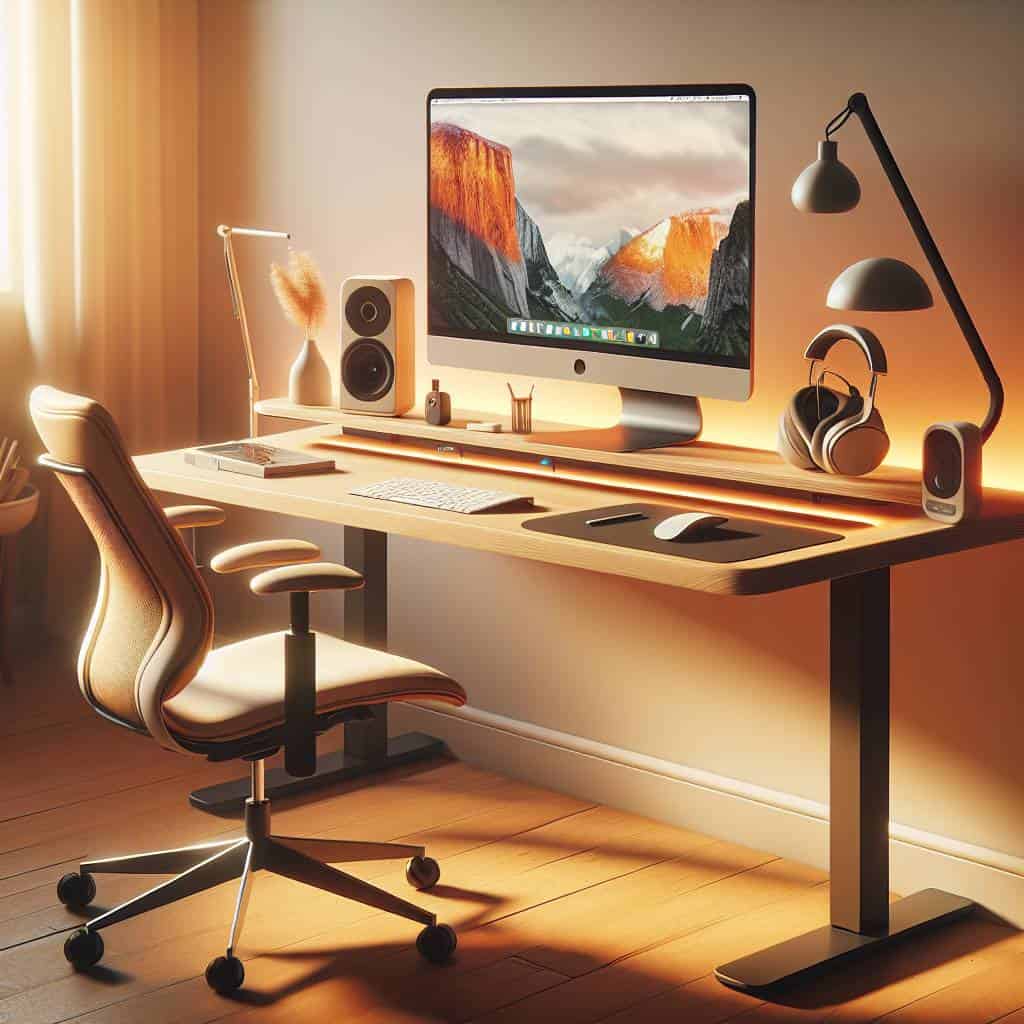I remember when I first added a second monitor to my desk. I thought I was about to enter a new dimension of productivity, a realm where deadlines would tremble before me. Instead, I found myself in a chaotic mess of open tabs and spreadsheets, more confused than ever. It was like giving a toddler a second toy—sure, more fun, but also exponentially more chaotic. My desk began to resemble a control center for some high-stakes operation, yet all I managed was twice the number of distractions. It was a humbling reminder that more tools don’t always translate to more work done.

Now, if you’re expecting a magical transformation from adding another screen, buckle up. I’ll walk you through the tangled wires and myths surrounding dual monitor setups. We’ll dissect whether stacking screens or opting for an ultrawide is the key to unlocking your workflow’s potential—or just another way to procrastinate more efficiently. Consider this your guide to understanding if you’re upgrading your productivity game or just creating a digital fortress of procrastination.
Table of Contents
How I Learned to Stop Worrying and Love the Ultrawide
It all started with the realization that my dual monitor setup was beginning to resemble a scene out of Mission Control. Sure, the idea of multiple screens sounds like the epitome of efficiency, but in practice, it often felt like I was playing a frantic game of digital whack-a-mole. Notifications popping up here, email alerts there—it was like being in a perpetual state of digital overwhelm. That’s when the ultrawide caught my eye. Not just as a shiny new piece of tech, but as a potential savior from my self-imposed chaos.
The transition wasn’t seamless. At first, the ultrawide felt like staring at an IMAX screen up close, and I was skeptical. Could this monstrous display really streamline my workflow? But then it clicked. Imagine the seamless expanse of a single, uninterrupted screen—no more awkward bezel breaks or constantly adjusting window sizes. My spreadsheets could finally breathe freely, and I could have multiple documents open side by side without feeling like I was trapped in a game of Tetris. It was like finding the perfect balance between focus and flexibility.
What I didn’t anticipate was how this change would untangle my work life. With the ultrawide, I found myself less distracted and more engaged. Everything I needed was right there, neatly organized and easy to access. No more swiveling my head between screens like I was watching a tennis match. Sure, it took a bit of getting used to, but once I embraced the ultrawide, I realized that sometimes, less is more. And in this case, one big screen was decidedly better than two.
The Illusion of Productivity
Why settle for one distraction when you can double it? Dual monitors might make you feel like a master of efficiency, but remember, the real challenge is focusing on what matters.
The Final Screen(s): A Personal Take on Digital Real Estate
So here we are, standing at the precipice of screen obsession. My desk, a testament to the evolution of my digital habitat, resembles something of a command center. And yes, I’ve seen both sides—the bilateral beauty of dual monitors and the expansive embrace of the ultrawide. Each has its quirks, its charms. But I’ve learned that productivity isn’t just about the number of pixels at my disposal. It’s about the craft of using them. It’s the dance between tasks, the quiet satisfaction of toggling seamlessly, without the clumsy fumbling that a single screen demands.
But let’s be real, adding more screens won’t magically double your efficiency. There’s no secret sauce in a dual or ultrawide setup. What truly matters is how you navigate your digital domain. It’s about finding your rhythm amidst the chaos, turning distractions into decisions. So while my desk might look like something out of a sci-fi flick, it’s the clarity of intent, not the clutter of screens, that ultimately drives my productivity. A truth as stark as the screens glaring back at me.


